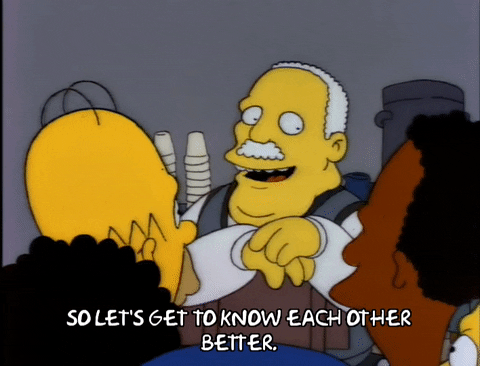Due Monday, August 29, 11:59pm

Professor Kate Poirier | D067 | Fall 2022
Due on the OpenLab Monday, December 12

You will have a lot more freedom for Project #4 than you have had for previous projects. This is a research project. You get to decide the topic and whether you’d like to work in a group or work alone.
The main goal of the project is to convince other students to learn differential equations. Your report should be understandable by someone who has completed a Calculus II course but who hasn’t necessarily taken a Differential Equations course.
For this research project, choose one application of differential equations and teach us about it. Your project may be as detailed as you like.
Your work will be scored using this rubric.
You have complete freedom in terms of the topic you choose. You were already introduced to some in Chapter 1 of your textbook. Here are some more ideas, though you are welcome to choose another one; just clear it with me first.
Your final report can take any form you like. Here are some suggestions:
As usual, the internet is sort of the wild west when it comes to looking for useful information. There is some good stuff, but it can be hard to find. Here are some possible starting points:
No plagiarism is allowed! Your work must be your own and you must cite any sources you use.
Comment below with the topic you are interested and whether you want to work alone or if you’re looking for a group. Reply to your classmate’s comment if you’d like to join their group and establish a way to be in contact.
Post your report (or a link to your report if it’s not in a written format) on the OpenLab with the title Project #4 [topic]. Select the category Project #4 before publishing. Don’t forget to include everyone’s names!
The point of this assignment is just to learn something new and to have fun doing it! Whatever form your assignment takes, there must be mathematical content, but you don’t need to stress too much if you don’t develop a deep understanding of it. Just tell us what you learned. Remember, your report should be understandable by someone who has taken Calculus II but not Differential Equations.
Due Sunday, September 6, 11:59pm
Section 1.2 and 1.3 of your text cover some elementary but fundamental ideas that you’ll carry with you for the rest of the course. In Section 1.2, you learn:
Section 1.3 focuses on differential equations of the form
None of these topics are actually new to you, but we’re putting them together slightly differently than you would have in your calculus classes.
There is no WeBWorK set corresponding to Sections 1.2 and 1.3.
You will receive participation credit for this post whether your solution is correct or not.
© 2025 MAT2680 Differential Equations
Theme by Anders Noren — Up ↑
Recent Comments